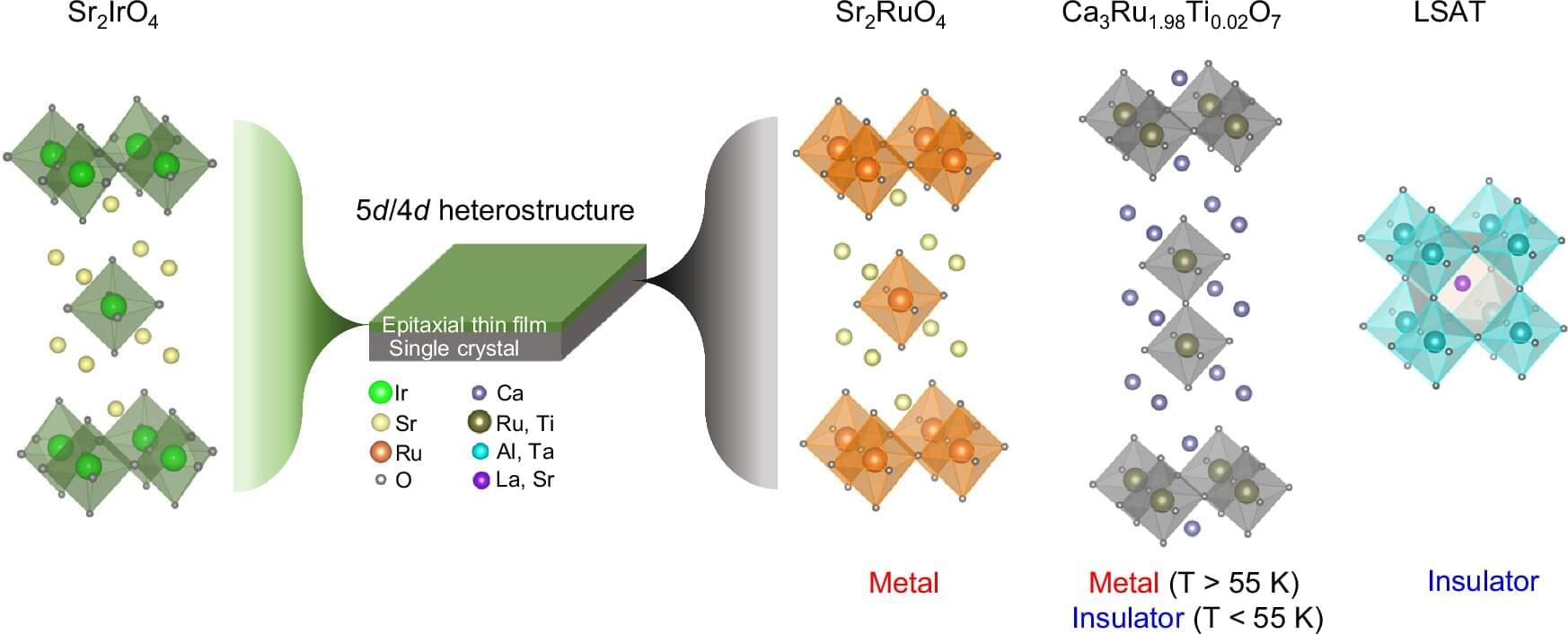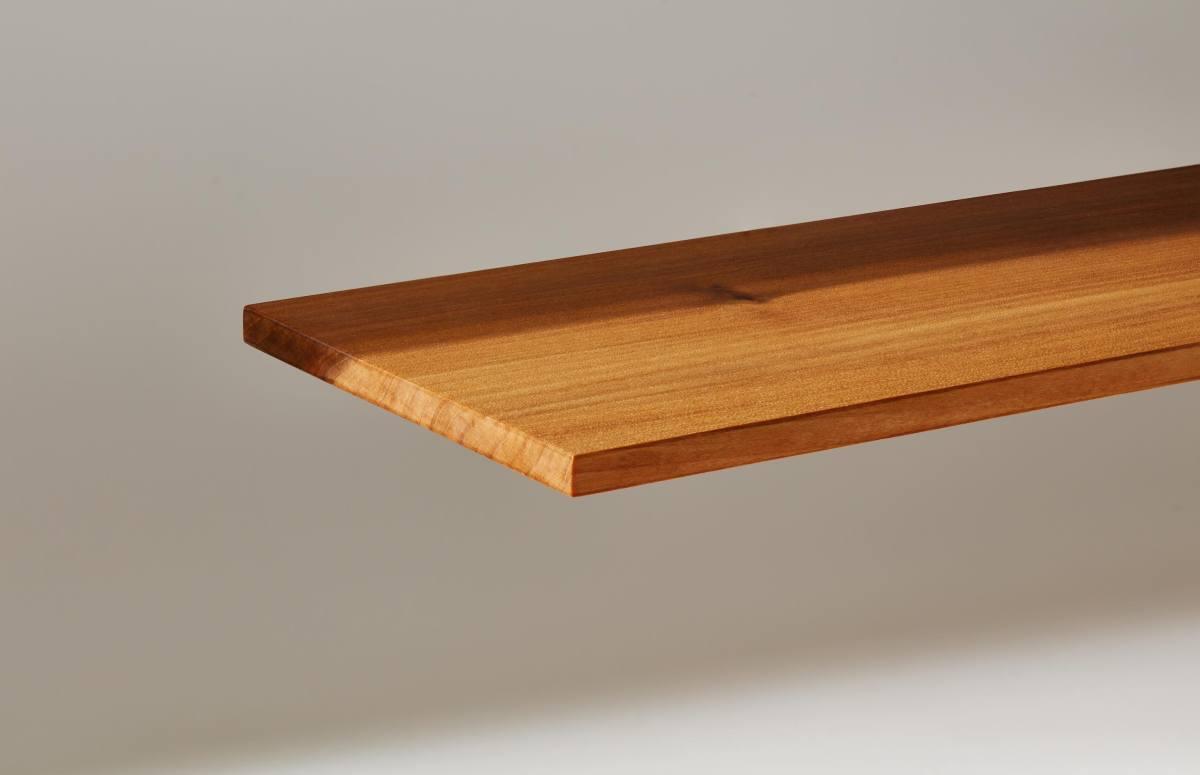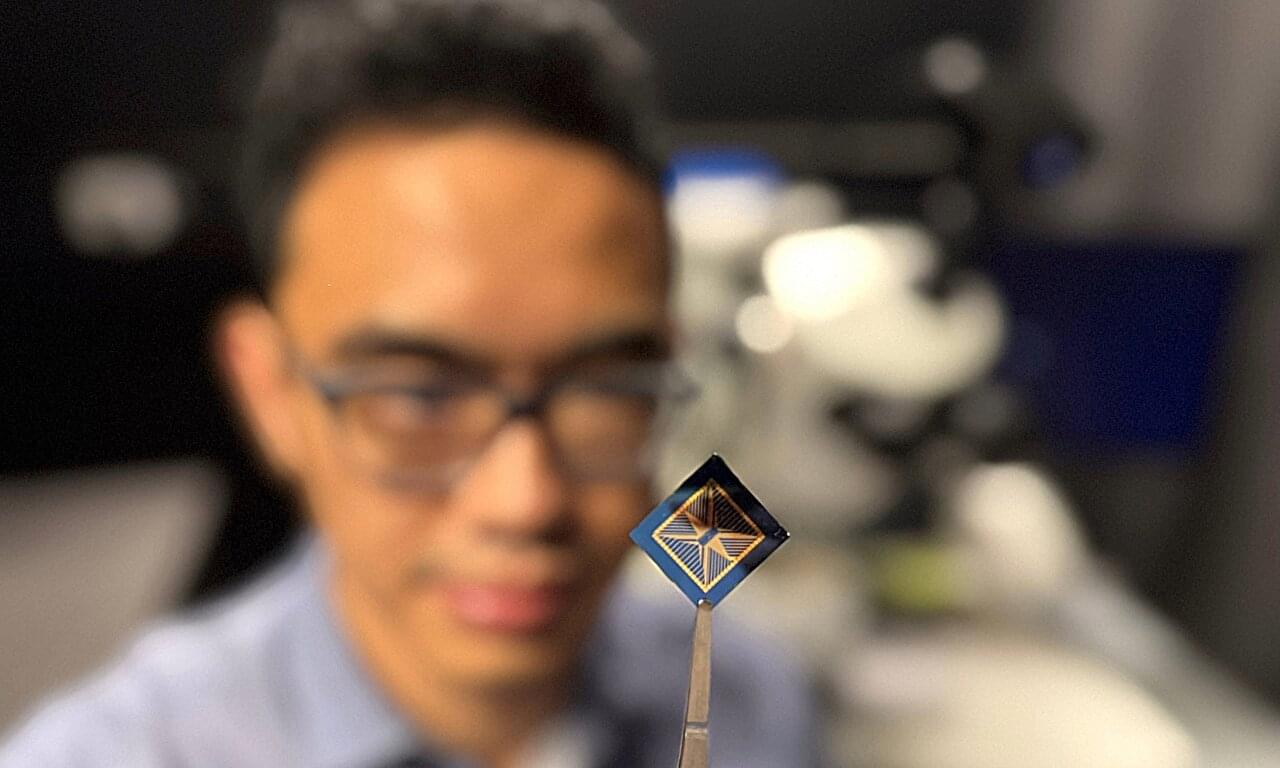Imagine a T-shirt that could monitor your heart rate or blood pressure. Or a pair of socks that could provide feedback on your running stride. It may be closer than you think, with new research from Washington State University demonstrating a particular 3D ink printing method for so-called smart fabrics that continue to perform well after repeated washings and abrasion tests. The research, published in the journal ACS Omega, represents a breakthrough in smart fabric comfort and durability, as well as using a process that is more environmentally friendly.
Hang Liu, a textile researcher at WSU and the corresponding author of the paper, said that the bulk of research in the field so far has focused on building technological functions into fabrics, without attention to the way fabrics might feel, fit, and endure through regular use and maintenance, such as washing.
“The materials used, or the technology used, generally produce very rigid or stiff fabrics,” said Liu, an associate professor in the Department of Apparel, Merchandising, Design and Textiles. “If you are wearing a T-shirt with 3D printed material, for example, for sensing purposes, you want this shirt to fit snugly on your body, and be flexible and soft. If it is stiff, it will not be comfortable and the sensing performance will be compromised.”








